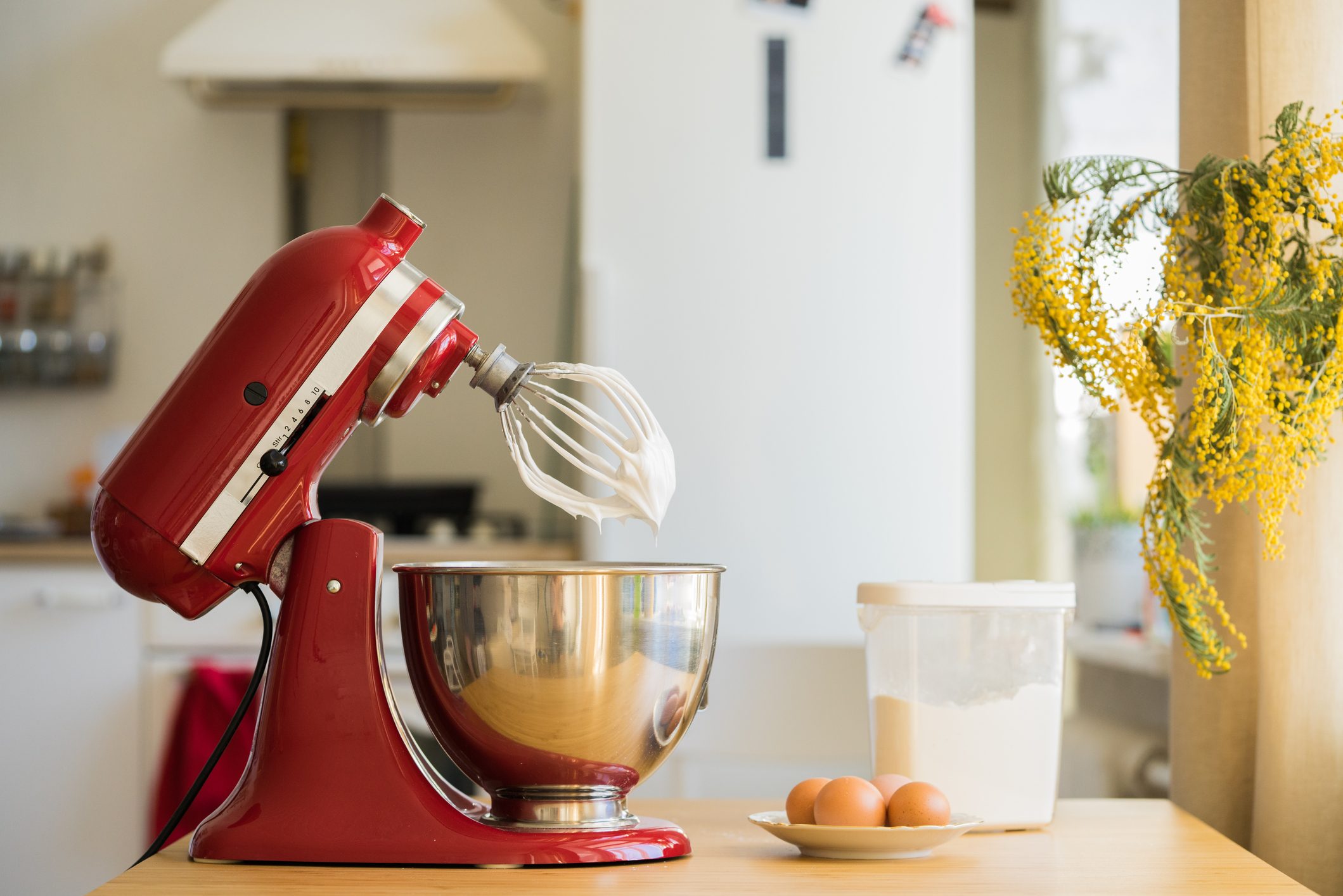

Articles
How Heavy Is A Kitchenaid Stand Mixer
Modified: April 22, 2024
Discover how heavy a Kitchenaid stand mixer is and get helpful articles on various topics at [website name]. Find answers to all your questions about articles and more!
(Many of the links in this article redirect to a specific reviewed product. Your purchase of these products through affiliate links helps to generate commission for Storables.com, at no extra cost. Learn more)
Introduction
Welcome to the world of KitchenAid stand mixers! If you’ve ever wondered how heavy these popular kitchen appliances are, you’ve come to the right place. In this article, we will explore the weight of KitchenAid stand mixers and delve into the factors that can affect their weight.
KitchenAid stand mixers are renowned for their durability, performance, and versatility. Whether you’re an avid home baker or an aspiring chef, these machines have become a staple in many kitchens around the world. From whipping up fluffy meringues to kneading dough for freshly baked bread, KitchenAid stand mixers can handle a wide range of tasks with ease.
As you start your search for the perfect KitchenAid stand mixer, it’s important to consider various factors, including the mixer’s weight. The weight of a stand mixer can have an impact on its stability, portability, and overall usability. Understanding how the weight of a mixer can affect its performance will help you make an informed choice and find a model that suits your needs.
In the following sections, we will explore the different factors that can contribute to the weight of a KitchenAid stand mixer. We will also provide a comparison of various KitchenAid stand mixer models and their respective weight specifications. Additionally, we will discuss the importance of considering a mixer’s weight when making a purchasing decision, and provide some helpful tips for maneuvering and transporting a heavy stand mixer.
So, if you’re ready, let’s dive into the world of KitchenAid stand mixers and discover just how heavy these remarkable appliances can be.
Key Takeaways:
- The weight of a KitchenAid stand mixer is a crucial factor that impacts stability, durability, and performance during mixing tasks. Understanding the factors influencing its weight helps in making an informed decision based on specific cooking needs and preferences.
- Maneuvering and transporting a heavy stand mixer can be made easier by using a stand mixer cart, seeking assistance, removing attachments, or breaking down the mixer into smaller parts. These strategies ensure a hassle-free cooking and baking experience.
Read more: How To Fix Kitchenaid Mixer
Overview of KitchenAid Stand Mixers
KitchenAid stand mixers have earned a reputation for their exceptional performance and reliability in the kitchen. These machines are known for their robust construction, powerful motors, and versatile attachments that make them a favorite among professional chefs and home cooks alike.
When it comes to design, KitchenAid stand mixers feature a sturdy base that houses the motor, a tilting or lifting head, and a mixing bowl that securely fits into place. The mixers are available in various models, each offering different features and capabilities to suit different cooking needs and preferences.
One of the standout features of KitchenAid stand mixers is their attachment compatibility. These mixers are designed to accommodate a wide range of attachments, turning them into multifunctional kitchen tools. From pasta makers and food grinders to ice cream makers and spiralizers, the possibilities are virtually endless.
KitchenAid stand mixers also boast a range of speed settings, allowing users to control the mixing process for different recipes. The mixers typically have at least 10 speed options, with some models offering even more precision and control.
Another noteworthy feature of KitchenAid stand mixers is their planetary mixing action. This means that the mixing attachment rotates around the bowl while simultaneously spinning on its own axis. This action ensures thorough and consistent mixing, resulting in perfectly blended ingredients.
With a KitchenAid stand mixer, you can tackle a wide variety of recipes, from whipping egg whites to kneading heavy bread dough. These mixers are capable of handling large batches, making them ideal for baking enthusiasts and those who frequently entertain.
It’s important to note that while KitchenAid stand mixers are known for their outstanding performance, their weight can vary depending on the model and features. The weight of a stand mixer plays a crucial role in its stability, especially when working with heavy dough or using high-speed settings. Understanding the weight of a stand mixer is essential in determining its portability and ease of use.
In the next section, we will dive into the factors that can influence the weight of a KitchenAid stand mixer and explore how they can impact its overall functionality.
Factors Affecting the Weight of a Stand Mixer
Several factors contribute to the overall weight of a KitchenAid stand mixer. Understanding these factors will help you choose a mixer that suits your needs and preferences. Let’s take a closer look at the main factors that can affect the weight of a stand mixer:
- Motor Power: The power of the motor installed in a stand mixer can significantly impact its weight. Stand mixers with higher wattage motors tend to be heavier due to the additional components and materials needed to support the increased power. That being said, a more powerful motor can handle heavier loads and provide better performance.
- Construction and Materials: The construction and materials used in the manufacturing of a stand mixer can also affect its weight. Models with a more robust and durable construction, such as metal housing and heavy-duty parts, tend to be heavier but offer better stability and longevity.
- Mixing Bowl Size: The size and material of the mixing bowl can impact the weight of the stand mixer. Larger and heavier mixing bowls require a sturdier and more substantial stand to support them, which adds to the overall weight of the mixer.
- Attachments and Accessories: The number and type of attachments and accessories included with a stand mixer can also influence its weight. Some models come with a wide variety of attachments, such as dough hooks, whisk attachments, and paddle attachments. These additional accessories can add weight to the mixer.
- Additional Features: Stand mixers with additional features, such as timers, digital displays, and multiple mixing functions, may have extra components that add weight to the overall design.
It’s important to note that while a heavier stand mixer may provide better stability and durability, it may also be more challenging to move or store. Consider the specific needs of your kitchen setup and lifestyle when choosing a stand mixer with the appropriate weight.
In the next section, we will compare the weights of different KitchenAid stand mixer models to give you a better understanding of the variations in weight among them.
Comparison of Different KitchenAid Stand Mixer Models
KitchenAid offers a wide range of stand mixer models, each with its own features, capacities, and consequently, weight. Let’s compare the weights of some popular KitchenAid stand mixer models to give you a better idea of the variations:
- KitchenAid Classic Series: The KitchenAid Classic Series stand mixer typically weighs around 22 pounds (10 kg). This model is a great entry-level option and provides excellent performance for basic baking needs.
- KitchenAid Artisan Series: The KitchenAid Artisan Series stand mixer weighs approximately 26 pounds (12 kg). This model offers a larger capacity and a more powerful motor compared to the Classic Series, making it suitable for more demanding baking and cooking tasks.
- KitchenAid Professional Series: The KitchenAid Professional Series stand mixer weighs around 29 pounds (13 kg). This model is designed for serious home cooks and professional chefs who need a heavy-duty machine capable of handling large quantities and tougher mixing tasks.
- KitchenAid Commercial Series: The KitchenAid Commercial Series stand mixer is the heaviest among the KitchenAid lineup, weighing approximately 33 pounds (15 kg). This model is specifically designed for commercial use, offering even more power and durability for high-volume baking and cooking applications.
These weight specifications are approximations and may vary slightly depending on the specific attachments and accessories included with each model.
When choosing a KitchenAid stand mixer, it’s essential to consider the weight in relation to your kitchen setup and personal preferences. A lighter mixer may be more suitable if you have limited counter space and need to store it after each use. On the other hand, a heavier mixer may provide better stability and durability for more intense mixing tasks.
Next, we’ll discuss the importance of considering a stand mixer’s weight and how it can impact your overall cooking experience.
When determining the weight of a KitchenAid stand mixer, it’s important to consider the specific model as they can range from 20 to 30 pounds. Be sure to check the product specifications for the exact weight before purchasing or moving.
Weight Specifications of Popular KitchenAid Stand Mixers
When it comes to KitchenAid stand mixers, the weight can vary depending on the model and specific features. Here are the weight specifications of some popular KitchenAid stand mixer models:
- KitchenAid Classic Series: The KitchenAid Classic Series stand mixer weighs approximately 22 pounds (10 kg). Despite its compact size, it offers reliable performance for everyday baking needs.
- KitchenAid Artisan Series: The KitchenAid Artisan Series stand mixer has an average weight of around 26 pounds (12 kg). It provides a larger capacity than the Classic Series and comes in a wide range of colors, making it a popular choice among home cooks and baking enthusiasts.
- KitchenAid Pro 600 Series: The KitchenAid Pro 600 Series stand mixer weighs approximately 30 pounds (13.6 kg). With its powerful motor and larger mixing bowl capacity, this model is well-suited for heavy-duty mixing tasks and larger quantities.
- KitchenAid Professional 6500 Design Series: The KitchenAid Professional 6500 Design Series stand mixer has an average weight of around 32 pounds (14.5 kg). This model offers a more powerful motor and advanced features, making it a favorite among culinary professionals and passionate home cooks.
- KitchenAid Commercial Series: The KitchenAid Commercial Series stand mixer is the heaviest among the KitchenAid line, weighing approximately 33 pounds (15 kg). It is specifically designed for commercial use and offers unmatched power, durability, and capacity for those who require high-performance mixing.
These weight specifications may vary slightly depending on the specific attachments and accessories included with each model. It’s worth noting that while these stand mixers may be heavier than other kitchen appliances, their weight is necessary to ensure stability and reliable performance during mixing tasks.
Understanding the weight of a stand mixer is crucial in determining its suitability for your kitchen and the level of portability you require. If you anticipate needing to move your mixer frequently or have limited counter space, opting for a lighter model may be more practical. However, if you frequently handle heavy doughs or large batch recipes, a heavier and more robust stand mixer may be a worthwhile investment.
Now that we have explored the weight specifications of popular KitchenAid stand mixers, let’s delve into why the weight of a stand mixer is an important consideration for cooks and bakers.
Read more: How To Whip Heavy Cream Without A Mixer
Understanding the Importance of a Stand Mixer’s Weight
The weight of a stand mixer is an important factor to consider when purchasing this essential kitchen appliance. While it may seem like a minor detail, the weight of a stand mixer can have a significant impact on its overall performance and usability. Here’s why understanding the importance of a stand mixer’s weight is crucial:
- Stability: A heavier stand mixer tends to be more stable during operation. When you’re mixing heavy dough or using high-speed settings, a stable mixer prevents unnecessary movement and ensures consistent mixing. The weight helps keep the mixer securely in place, reducing the risk of it tipping over or vibrating excessively.
- Durability: A stand mixer with a solid and sturdy construction, which often corresponds to a higher weight, is usually more durable and long-lasting. The extra weight indicates that the manufacturer has used robust materials and reinforced the essential components to withstand rigorous use over time.
- Noise reduction: A heavier stand mixer can help minimize vibration and noise during operation. The weight absorbs and dampens vibrations, resulting in a quieter mixing experience. This is particularly beneficial when working with large quantities of ingredients or tougher mixtures.
- Resistance to wear and tear: The weight of a stand mixer can also contribute to its resistance to wear and tear. A heavier machine can handle heavy-duty mixing tasks without straining the motor or other internal mechanisms, which can extend the lifespan of the mixer. It also prevents excessive wear on the moving parts, ensuring smoother and more consistent performance.
- User safety: Heavy stand mixers offer enhanced stability and reduce the risk of accidents in the kitchen. They are less likely to tip over or move unexpectedly, which helps prevent injuries and spills. When selecting a stand mixer, especially if you have children or pets in the household, a heavier option can provide added peace of mind.
It’s important to note that while a heavier stand mixer offers benefits in terms of stability and durability, it may be more challenging to move or store. Consider your available counter space and storage options before making a purchase, especially if you have limited kitchen space.
By understanding the importance of a stand mixer’s weight, you can choose a model that aligns with your specific needs and preferences. Whether you prioritize stability, durability, or versatility, finding the right balance between weight and functionality is essential for a satisfactory cooking and baking experience.
In the next section, we will share some tips for maneuvering and transporting a heavy stand mixer to make your culinary adventures a breeze.
Tips for Maneuvering and Transporting a Heavy Stand Mixer
Maneuvering and transporting a heavy stand mixer can be a bit challenging, but with a few tips and tricks, you can make the process much easier. Here are some helpful tips to consider:
- Secure Placement: When using your stand mixer, make sure to place it on a stable and level surface. This will help prevent any unnecessary movement or vibrations during operation.
- Invest in a Stand Mixer Cart: Consider purchasing a stand mixer cart or a dedicated space on your countertop where you can keep your mixer. These carts typically have wheels, making it easier to move the stand mixer around your kitchen as needed.
- Use a Lifting Mechanism: If you have a larger and heavier stand mixer, you may find it helpful to use a lifting mechanism, like a hydraulic lift or an adjustable stand, to assist with moving and positioning the mixer. This can help avoid strain or potential injuries.
- Remove Attachments and Accessories: Before attempting to move the stand mixer, be sure to remove any attachments or accessories, such as the mixing bowl, beaters, or dough hooks. This will reduce the overall weight and make it easier to handle.
- Enlist Assistance: If your stand mixer is exceptionally heavy, don’t hesitate to ask for help when moving it. Enlist the assistance of a family member or a friend to ensure a safe and smooth transition from one location to another.
- Break it Down into Smaller Parts: If you need to transport the stand mixer to a different location, consider breaking it down into smaller parts. Remove the mixing bowl, detachable head, and any other removable components to reduce the overall weight and make it more manageable.
- Protective Cover: Invest in a protective cover for your stand mixer to keep it safe and dust-free when not in use. Some covers also come with handles or straps, which can provide a more secure grip when lifting or moving the mixer.
- Consider a Dedicated Storage Space: If you plan to keep your stand mixer in a specific storage area, ensure that it is easily accessible and has enough space to accommodate the mixer’s size and weight. This will make it more convenient to retrieve and put away the mixer as needed.
By following these tips, you can maneuver and transport your heavy stand mixer with ease, ensuring a hassle-free cooking and baking experience.
Now that we have covered various tips for handling a heavy stand mixer, let’s wrap up our discussion.
Conclusion
In conclusion, the weight of a KitchenAid stand mixer is an important consideration when choosing the right model for your kitchen. It affects the mixer’s stability, durability, and overall performance during mixing tasks. While a heavier stand mixer may provide better stability and durability, it may also be more challenging to maneuver and transport.
By understanding the factors that can influence the weight of a stand mixer, such as motor power, construction, mixing bowl size, attachments, and additional features, you can make an informed decision that aligns with your specific cooking needs and preferences.
Popular KitchenAid stand mixer models, like the Classic Series, Artisan Series, Pro 600 Series, Professional 6500 Design Series, and Commercial Series, vary in weight, providing options to accommodate different cooking requirements. It’s important to assess the weight in relation to your kitchen setup, available storage space, and the level of stability and durability you desire.
When maneuvering and transporting a heavy stand mixer, consider using a stand mixer cart, seeking assistance, removing attachments, or breaking down the mixer into smaller parts. These strategies will make handling the mixer easier and help prevent any accidents or injuries.
In the end, finding the right balance between weight and functionality will ensure a seamless cooking experience with your KitchenAid stand mixer. So go ahead, choose the model that suits your needs, and enjoy the endless possibilities of baking and cooking with your reliable and versatile stand mixer.
Frequently Asked Questions about How Heavy Is A Kitchenaid Stand Mixer
Was this page helpful?
At Storables.com, we guarantee accurate and reliable information. Our content, validated by Expert Board Contributors, is crafted following stringent Editorial Policies. We're committed to providing you with well-researched, expert-backed insights for all your informational needs.

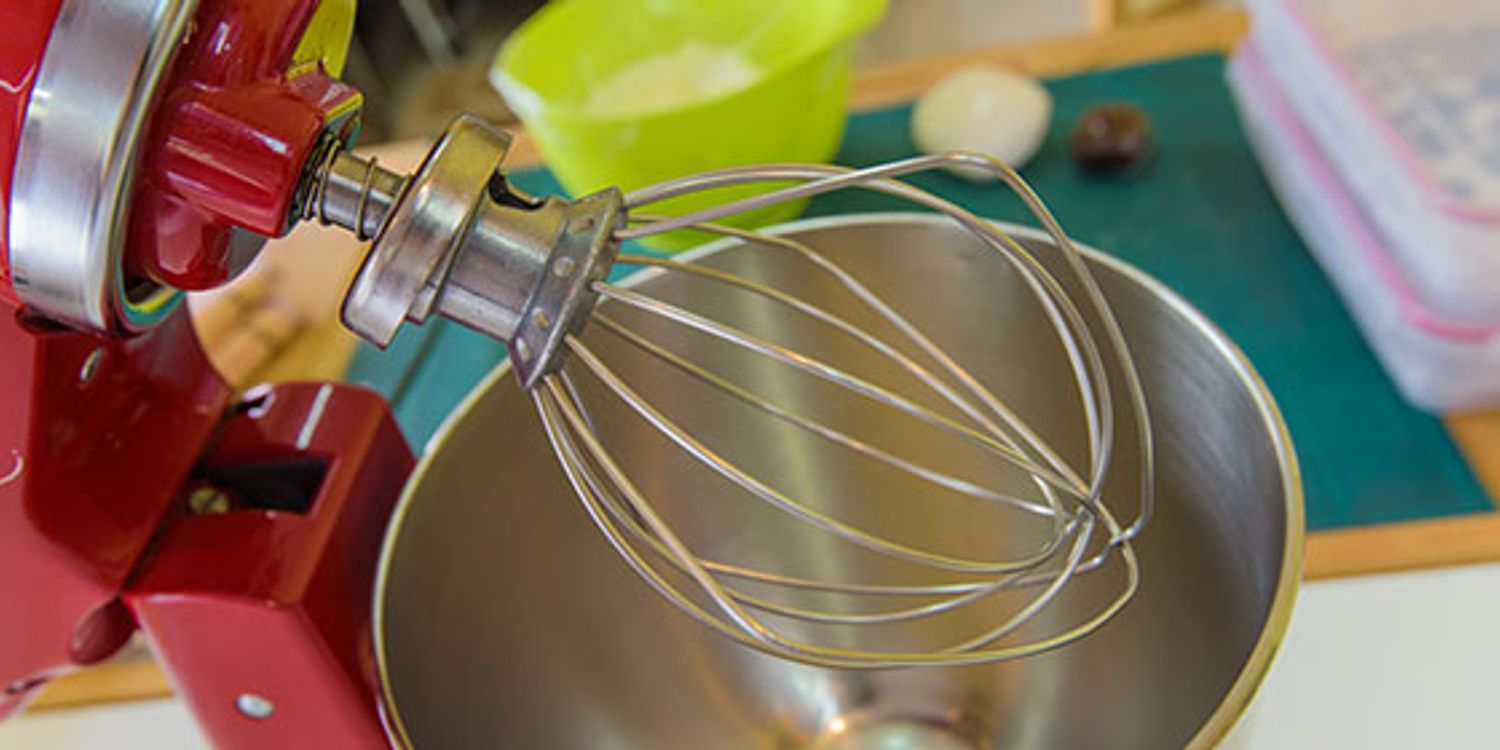
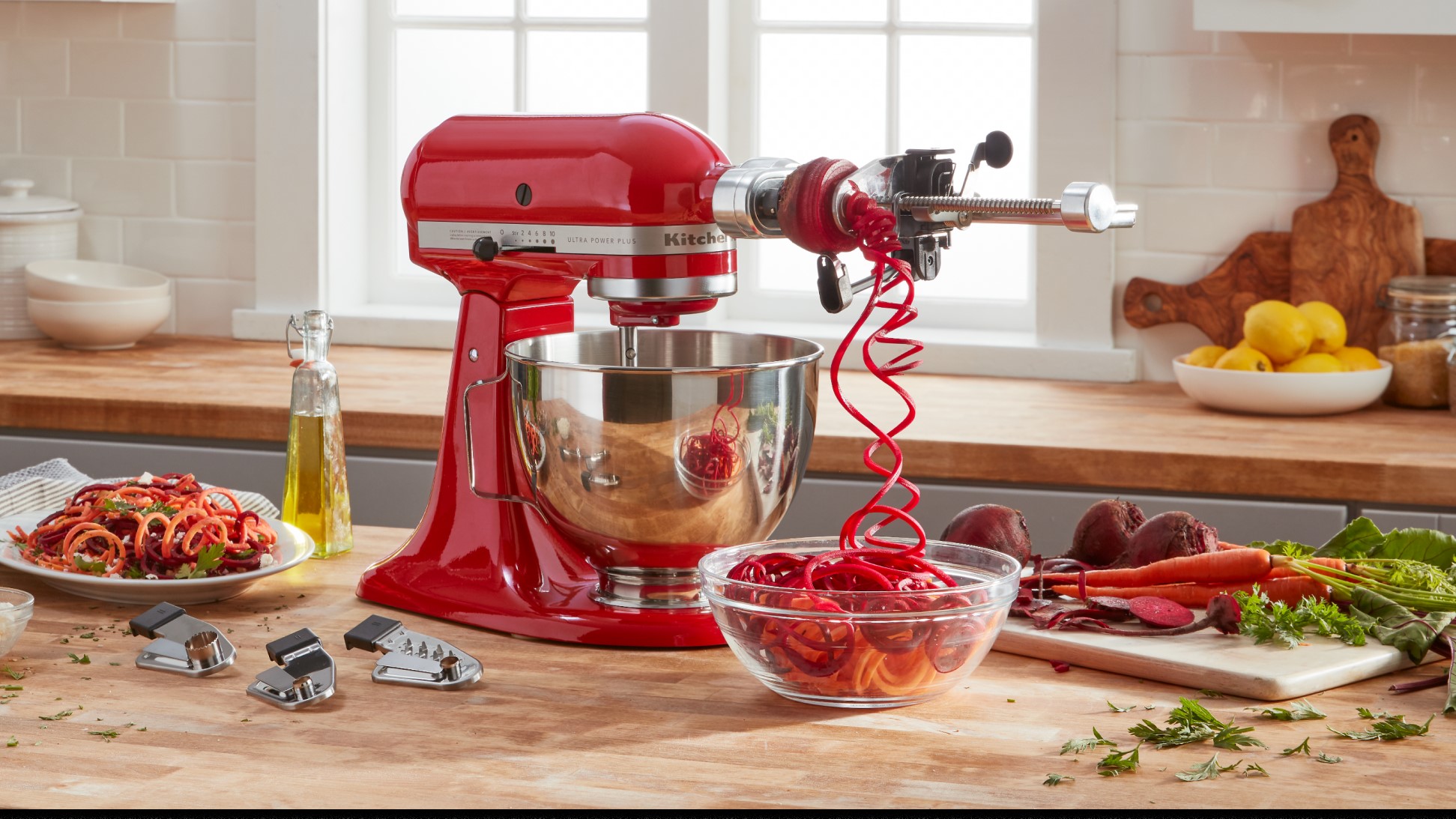
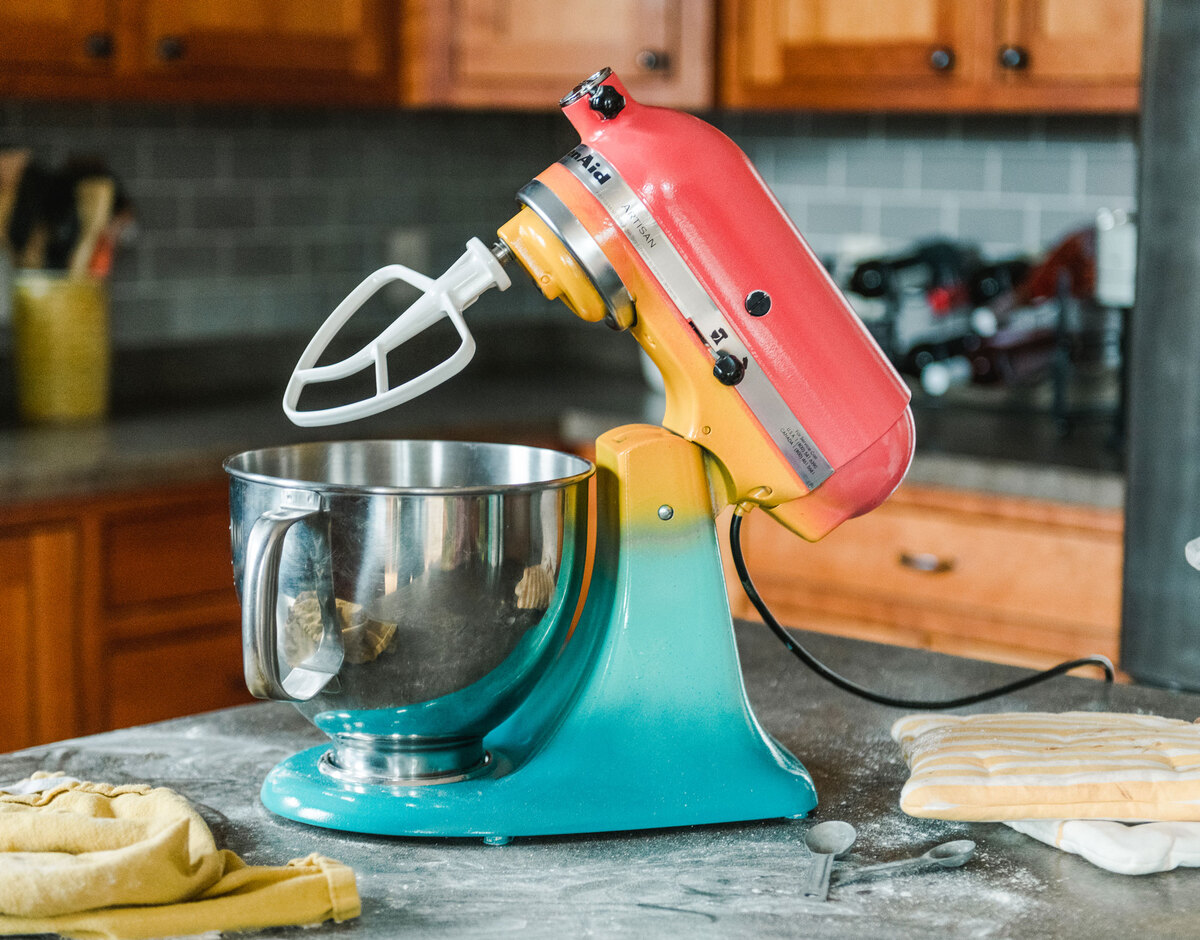
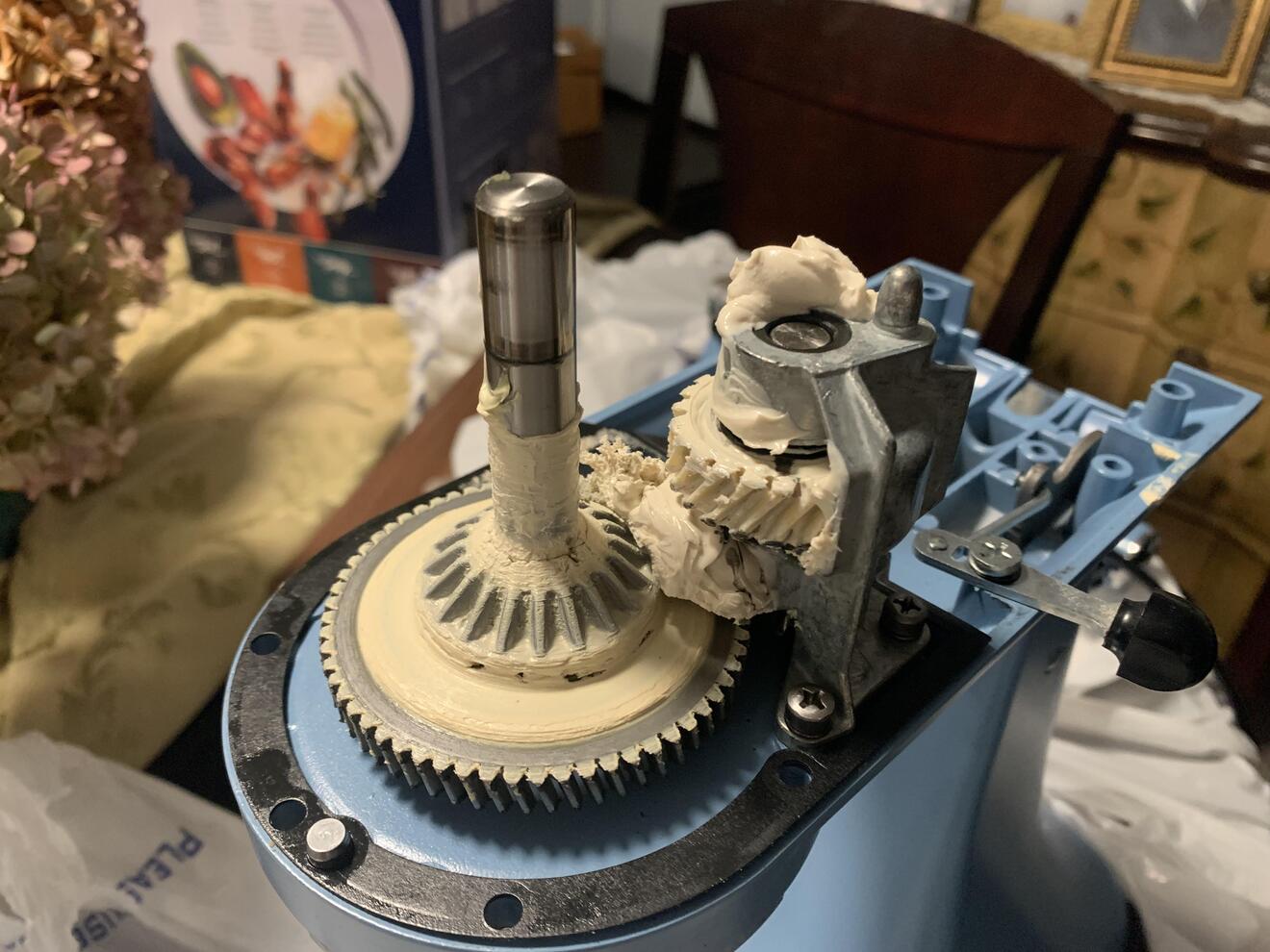
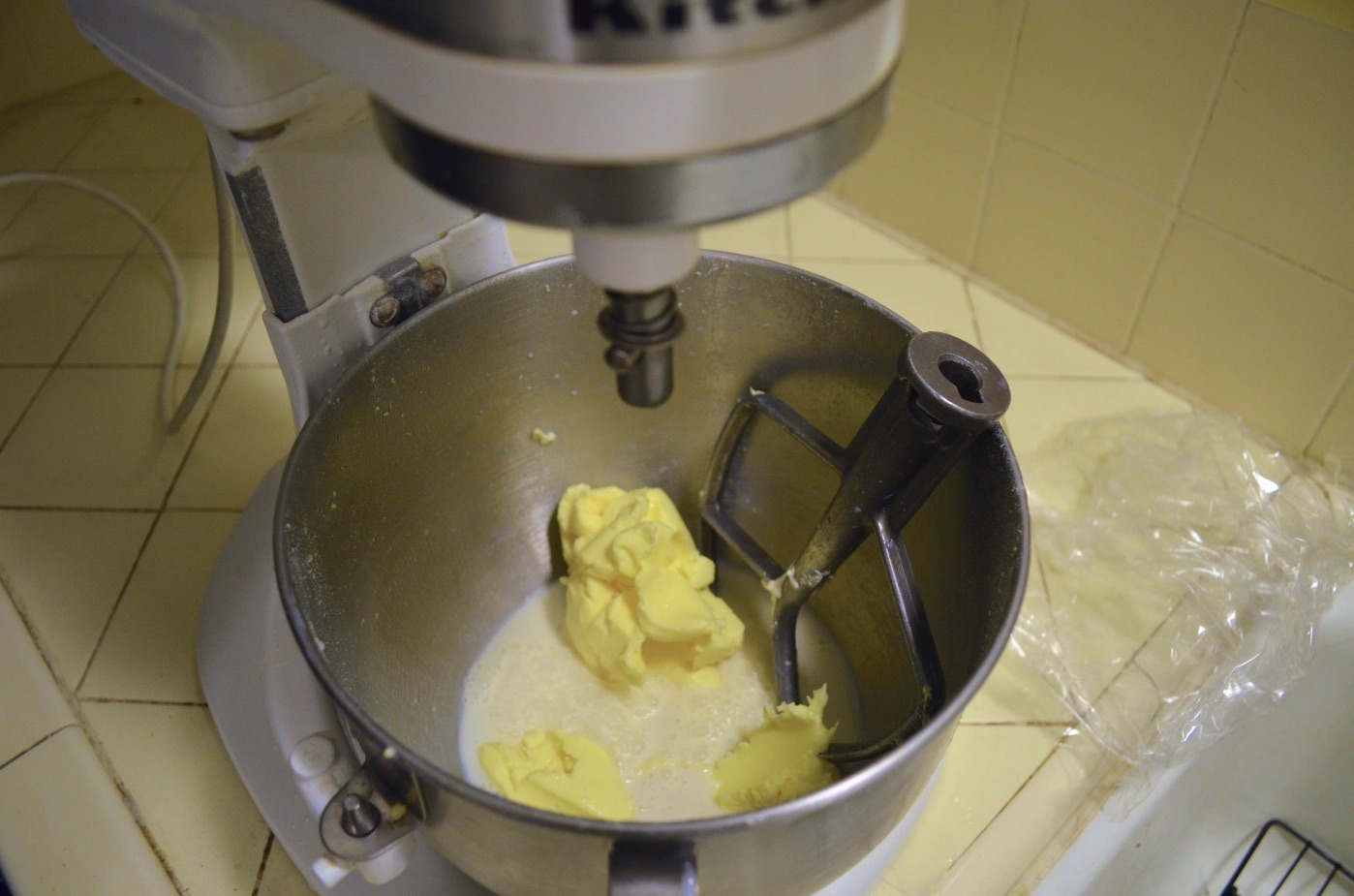
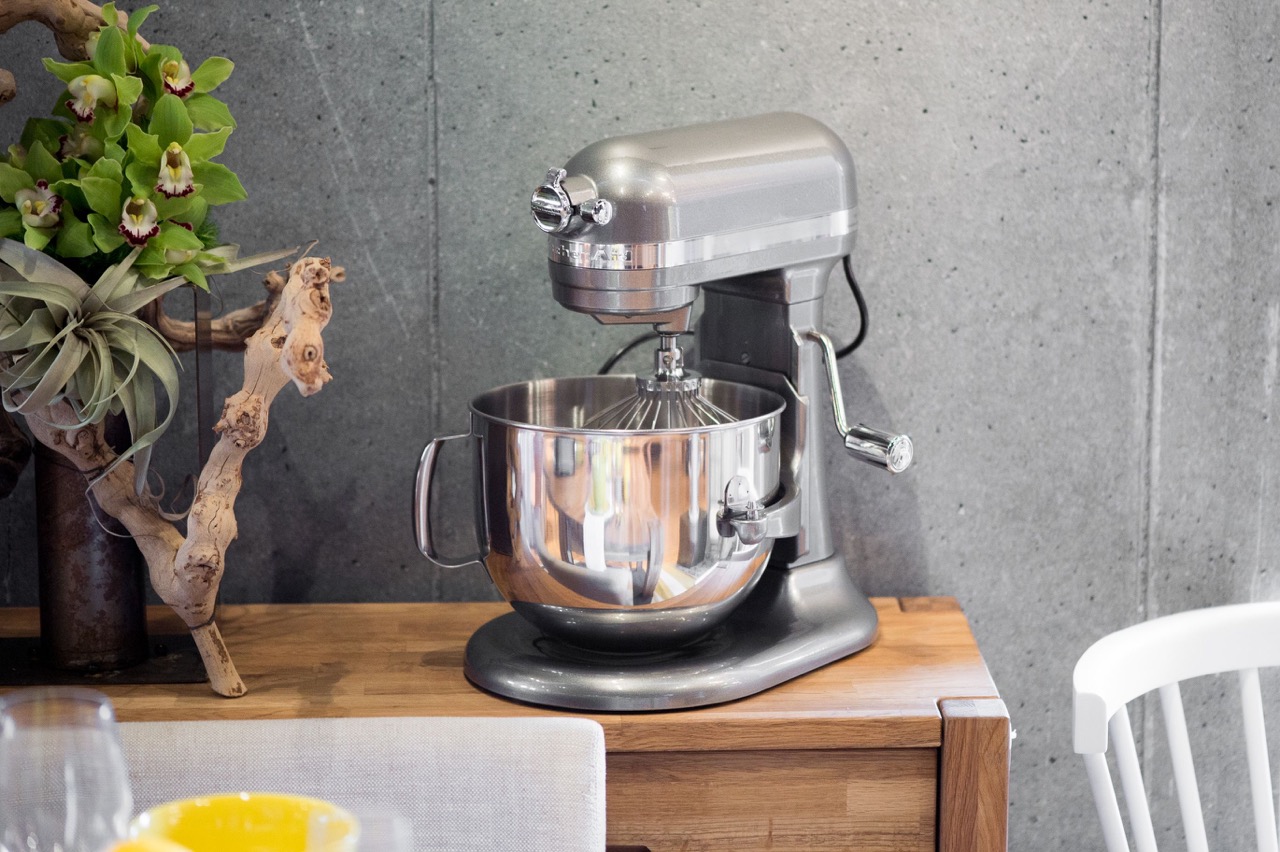
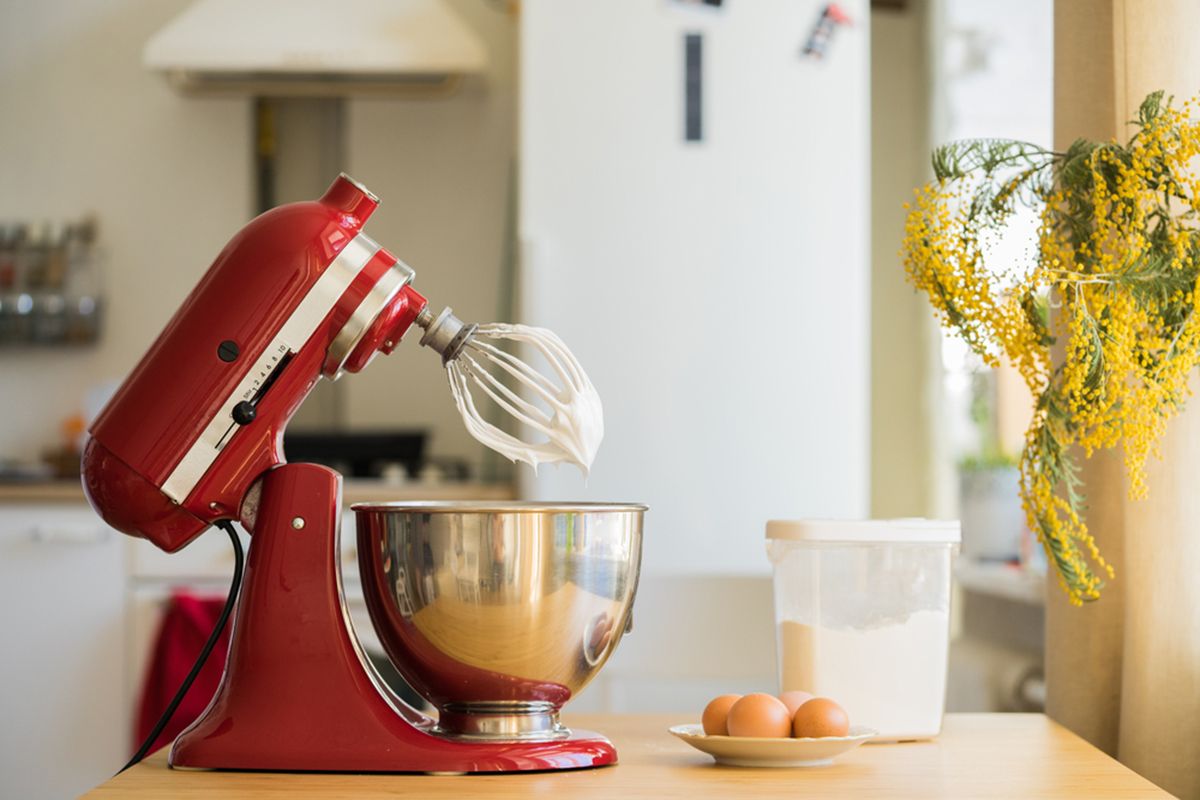
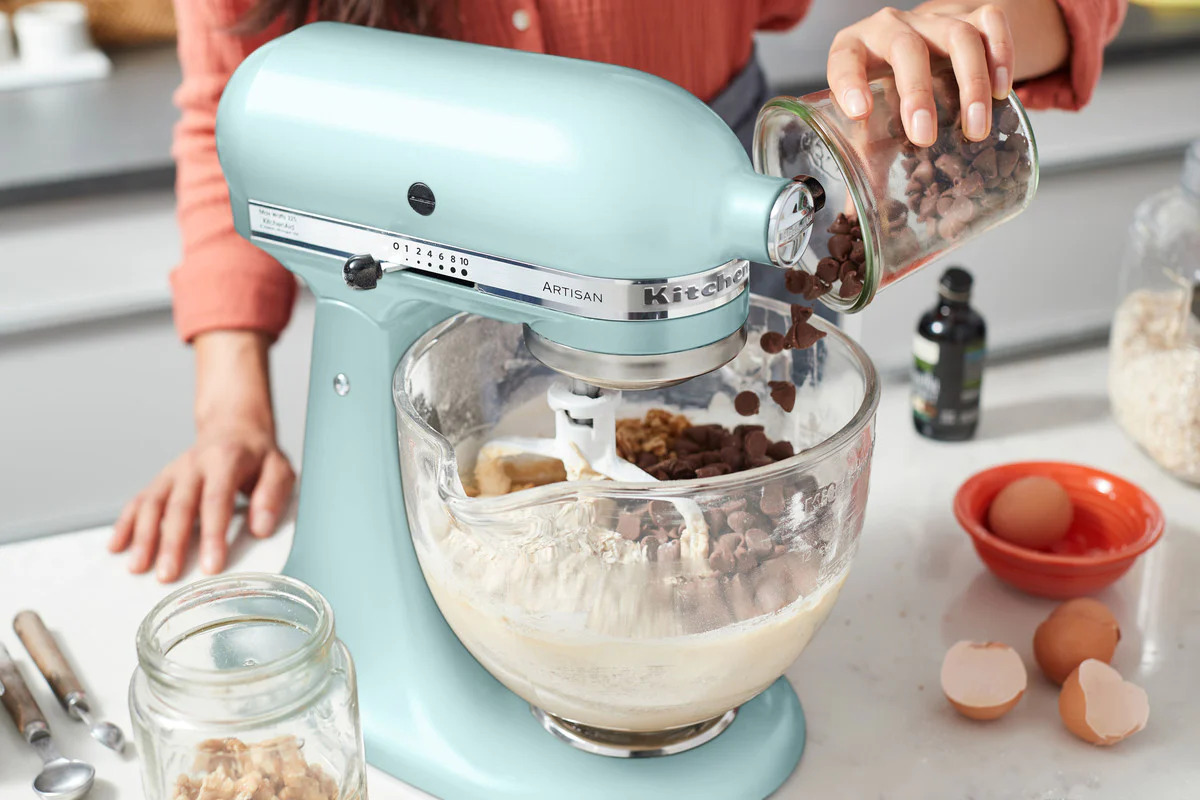
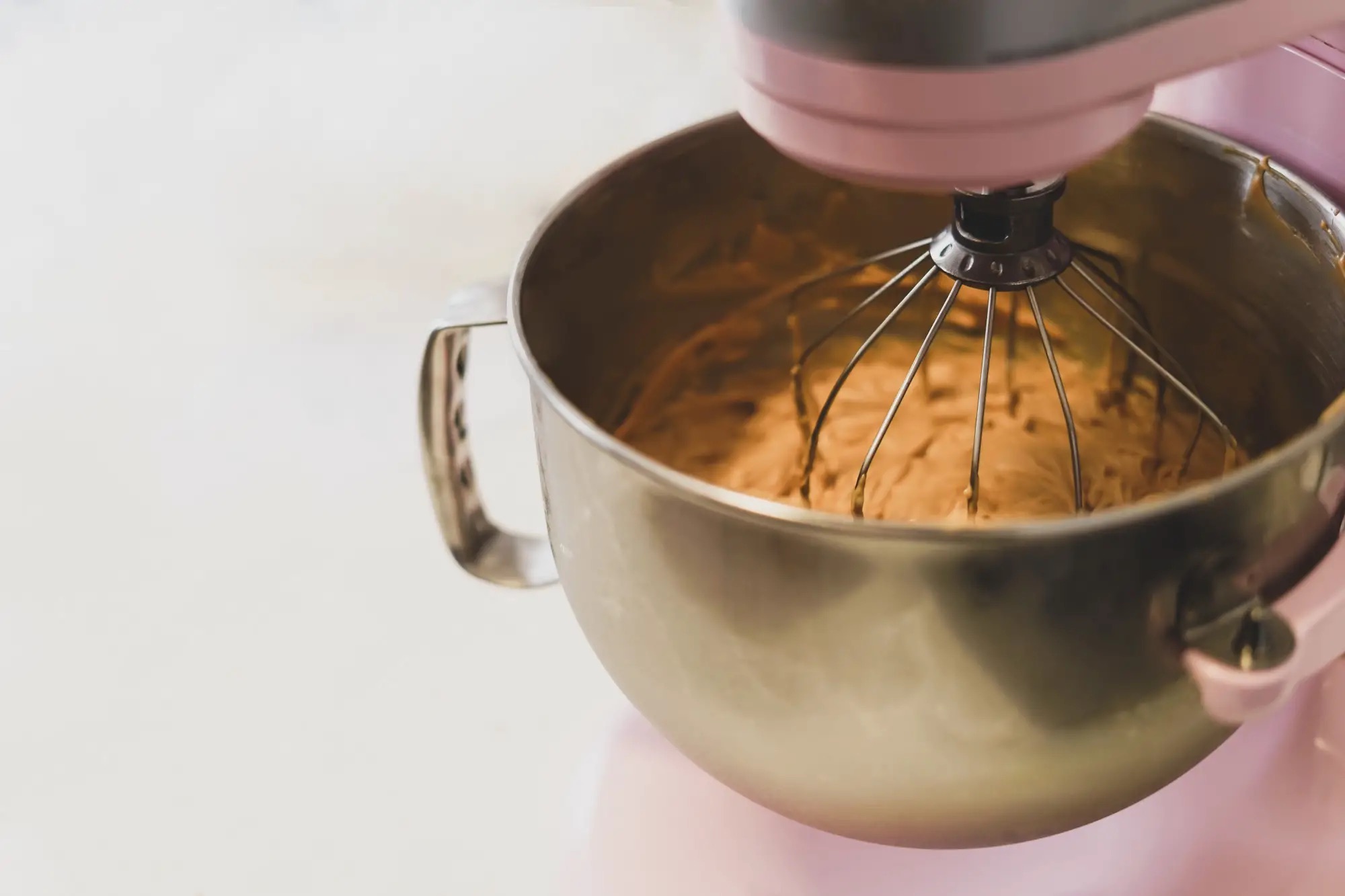
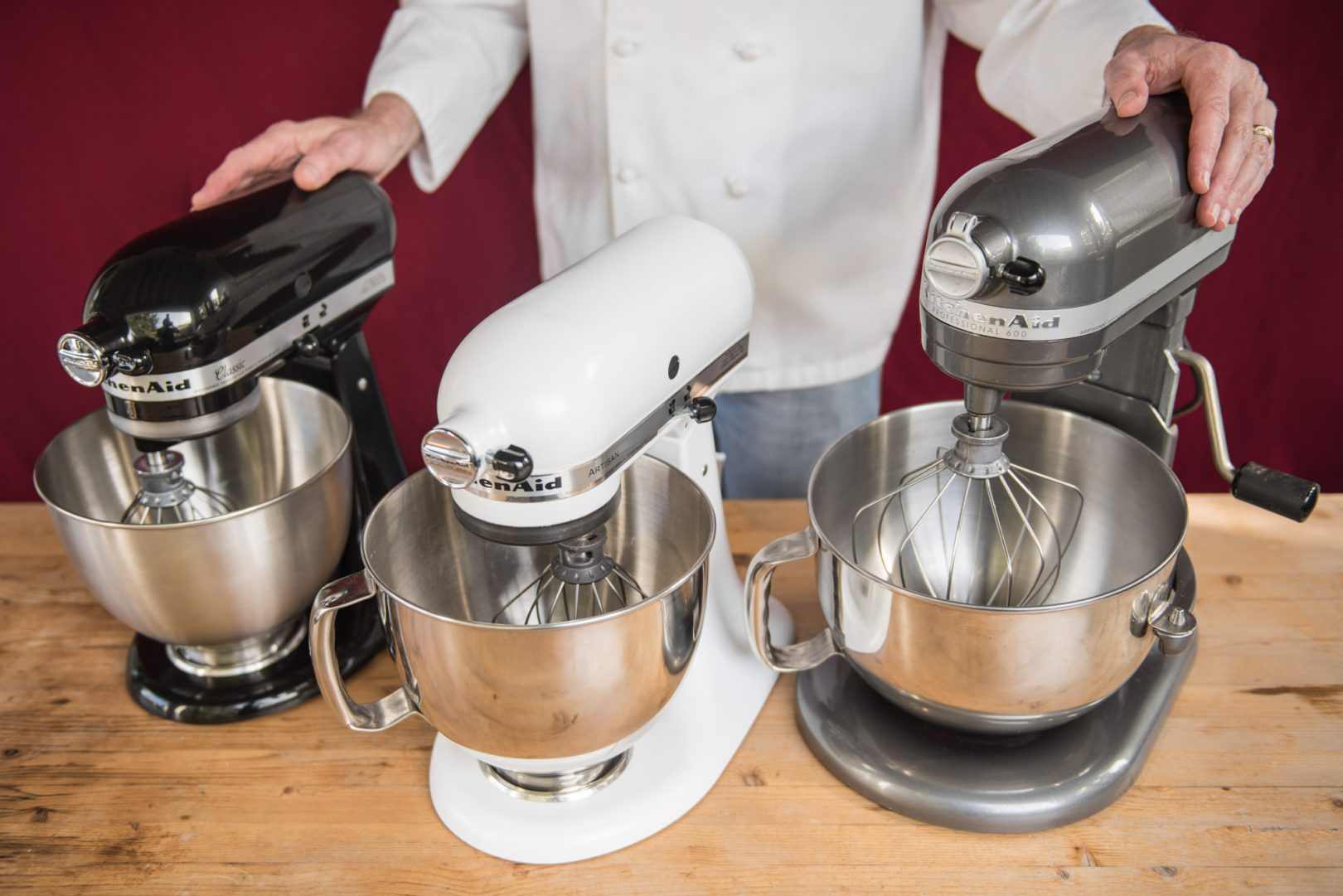
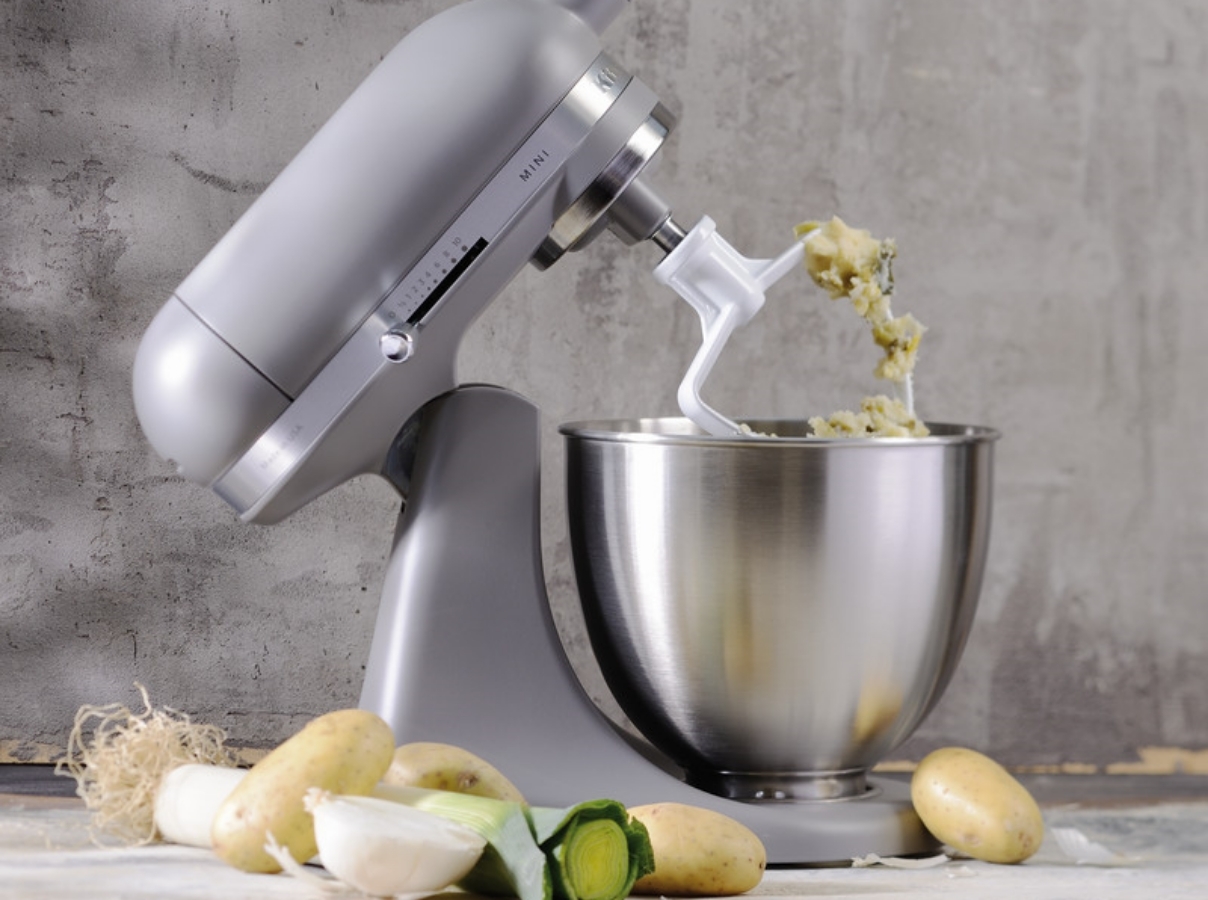
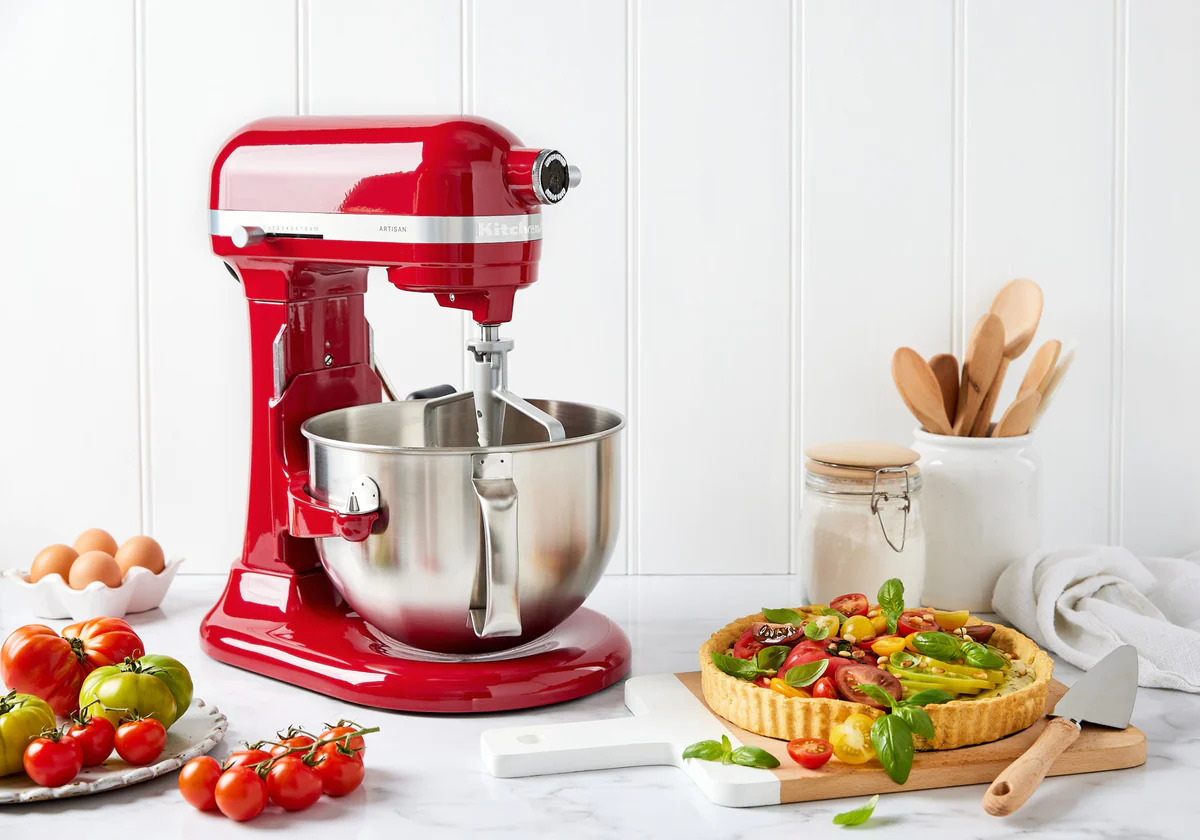
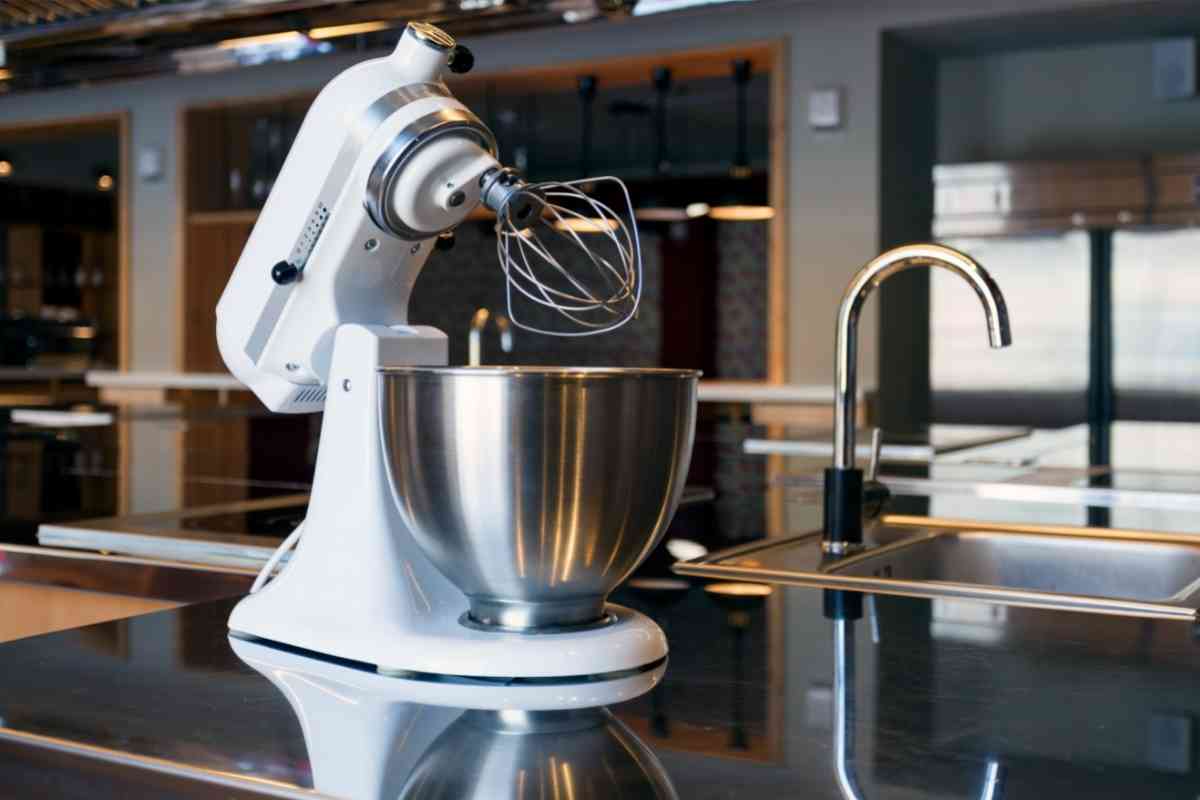

0 thoughts on “How Heavy Is A Kitchenaid Stand Mixer”